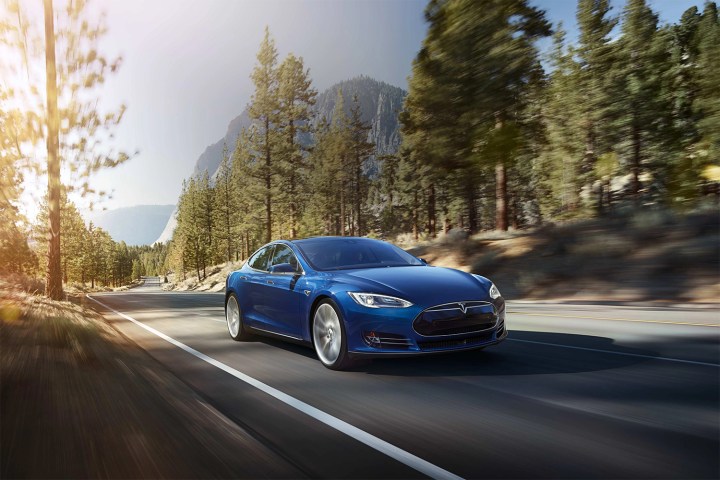
Negri explained he headed out in his Model S on a Saturday morning to take pictures of the snow in the mountains. He downloaded the company’s official app, like many Tesla owners, so he was able to unlock and start his car without the key. He made a quick stop, exited the car, and locked himself out. He couldn’t unlock the doors because there was no cell phone service in the area where he was parked. His phone was unable to load the Tesla app, and his car was unable to receive instructions.
A person Negri was with ran about two miles until she found service. She was able to call a friend who picked her up, drove her to grab the keys, and took her back to the stranded Tesla. With the key in hand, Negri started the car with no fuss and drove home.
“The key will always be with me (now) when I drive that car,” Negri said after the ordeal.
The issue isn’t specific to Tesla cars. Premium and luxury automakers are increasingly replacing the conventional key with a smartphone application that often lets motorists lock, unlock, start, and locate the car in a parking lot. The feature will trickle down to more mainstream models in the coming years as technology spreads. Negri’s story suggests manufacturers still need to educate customers on the ways to use — and not to use — the app.
Editors' Recommendations
- Tesla to begin production on new, more affordable models
- Tesla video shows off Cybertruck’s Basecamp tent attachment
- How to watch Tesla’s Cybertruck delivery event if you missed it
- What it means now that Kia and Hyundai have adopted Tesla’s charging standard
- Tesla Model 3 Highland: release date, range, design update, and more




